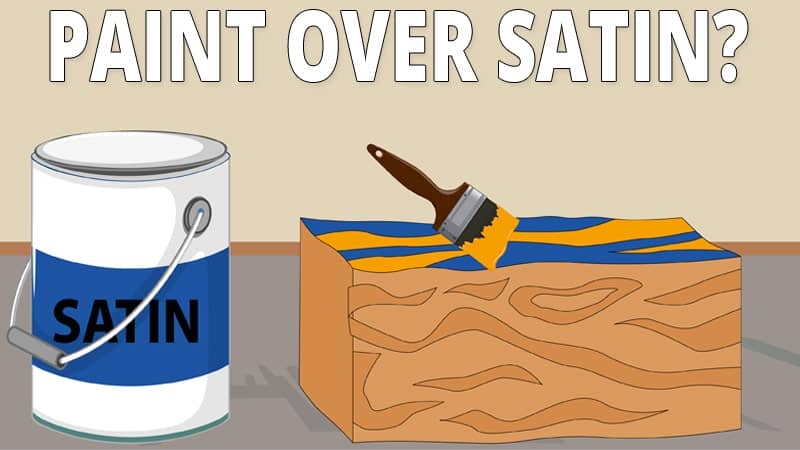Satin paint is a paint that falls between eggshell and semi-gloss paint on the sheen or gloss scale.
Paints don’t adhere well over satin paint as the satin finish has a glossy moisture-resistant coating that prevents paint adhesion or penetration.
You can’t paint over satin paint without sanding, but you can paint over it without priming. Sanding removes the glossy topcoat and creates tiny pores for the new paint to adhere to.
Do Paints Adhere Over Satin Paint Finishes?
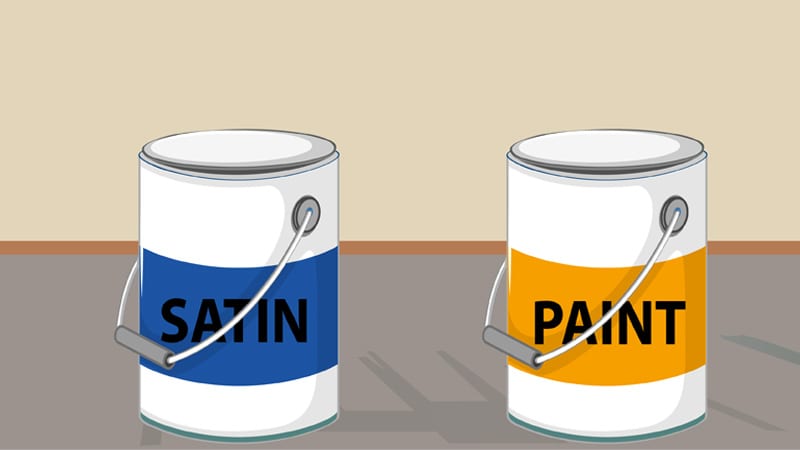
Paints don’t adhere well over satin paint finishes as the satin finish has a semi-gloss layer that prevents paint adhesion or penetration. Since paints can’t penetrate the satin finish, they won’t adhere.
If you sand the satin finish top layer and remove it, paints will adhere over it as nothing prevents them from penetrating and adhering.
There are five (5) different paint sheen finishes; flat or matte, eggshell, satin, semi-gloss, and high-gloss sheen. Flat or matte has the lowest amount of sheen, while high-gloss has the higher amount of sheen.
Satin finishes have a higher sheen amount than flat and eggshell, but a lower sheen amount than semi-gloss and high-gloss. However, satin finishes when dry produce a glossy top layer that prevents moisture, liquid, or paint penetration.
The satin paint glossy finish is good for surface protection but is bad if you want to apply over it as the paint can’t penetrate its finish. You must either sand the glossy top layer or remove the entire finish before painting over it.
Can You Paint over Satin Paint Without Sanding?
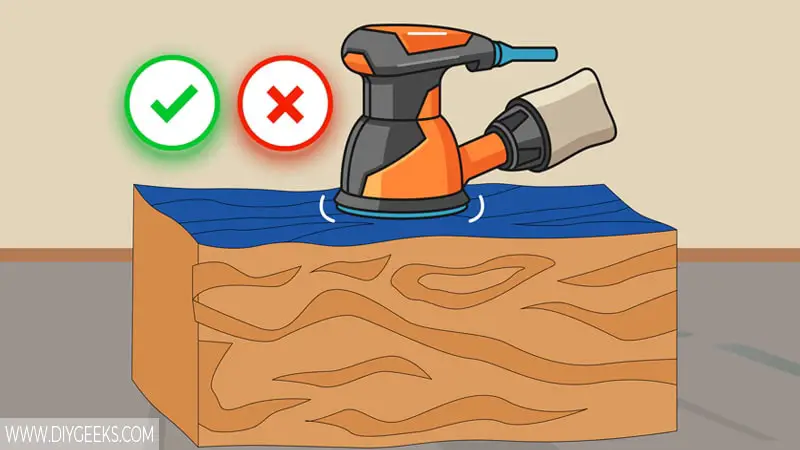
You can’t paint over a satin paint finish without sanding as its glossy finish prevents paint adhesion. Sanding removes the satin finish glossy top coat and creates tiny pores (holes) in the finish that the new paint can penetrate and adhere to.
You can paint over a satin finish if you are applying a sealer, such as polyurethane or varnish. Sealers are topical finishes and don’t need to penetrate a surface to adhere.
Can You Paint Over a Satin Paint Without Primer?
You can paint over a satin paint without a primer if you sand the finish. But, the primer will increase the paint adhesion and help produce a smooth finish.
The primer purpose is to cover the glossy finish, holes, and imperfections on the surface, and create a smooth layer that the new paint can adhere to.
Applying primer is necessary if you want to change the color shades or if the existing finish is damaged. For instance, if you want to paint light-colored paint over dark-colored satin paint, apply one coat of grey primer to prevent bleed-through and improve paint adhesion.
Applying a primer before painting is necessary in the following scenarios.
- If the finish is wet, you need stain-blocking or moisture-resistant primer.
- If the finish is chipping or peeling.
- When switching color shades.
- If the surface was patched.
- When applying thin paints.
How To Paint Over Satin Paint?
To paint over satin paint, do the following things.
- Clean the Paint Finish.
- Sand the Paint Finish.
- Apply Primer.
- Apply the new Paint.
The tools you need for this project are listed below.
- Sandpaper
- A gallon of paint
- A solvent or degreaser
- Wire brush
- Prime
- Paintbrushes
- Clean rags
1. Clean the Paint Finish
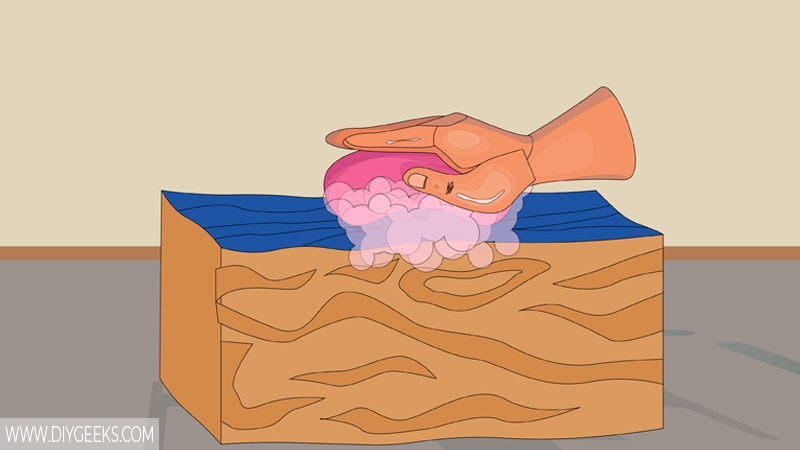
Clean the paint finish to remove dirt, dust, debris, grease, or oils that can prevent the new paint from adhesion. If you don’t clean the finish, the new paint won’t adhere properly as the filth prevents it from penetrating the finish, so it might peel off.
To clean the paint finish, damp a rag with a degreaser or cleaning agent and wipe the surface until the filth is removed.
2. Sand the Paint Finish
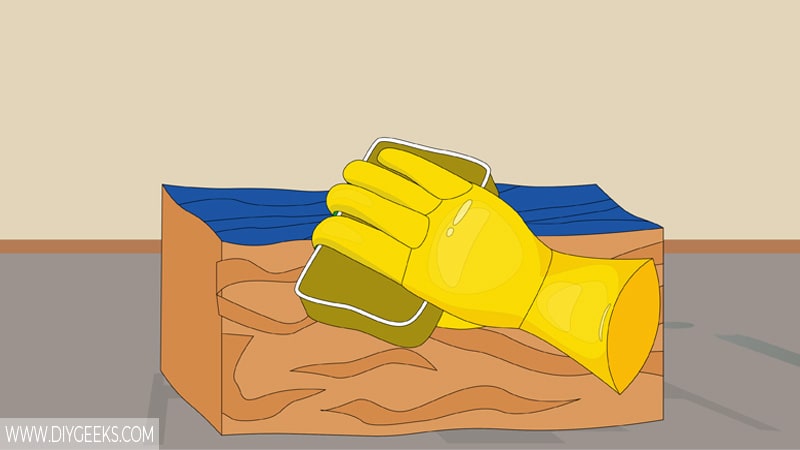
Sand the satin paint finish with fine-grit sandpaper (220-grit) to remove its glossy top coat and create tiny pores (holes) that the new paint can adhere to. Sanding will also remove imperfections and bumps, and make the surface paint-ready.
If fine-grit sandpaper can’t remove the glossy satin paint, use medium-grit sandpaper (100-grit). Avoid using coarse-grit sandpaper (40-grit) as it will remove the entire paint finish, unless that’s what you want to do.
After sanding, clean the finish with a vacuum to remove dust and dirt.
3. Apply Primer
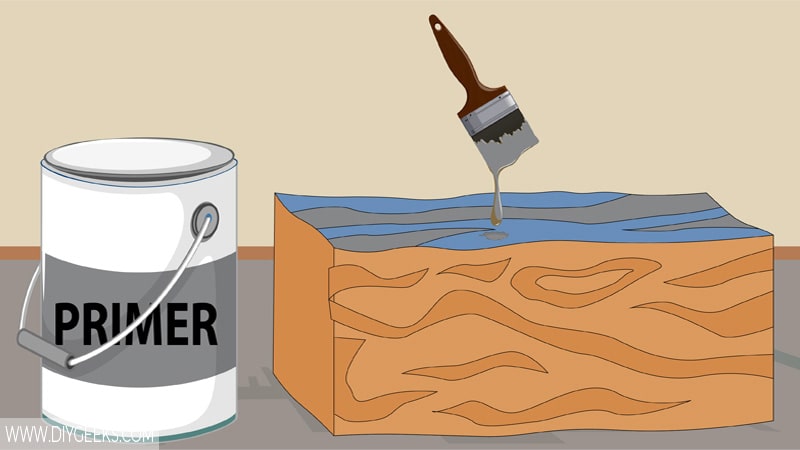
Applying primer is optional, but it will improve the paint adhesion and cover the finish imperfections.
Use a primer that is compatible with the paint you want to apply. Using a paintbrush apply one coat of primer over the surface and let it dry.
4. Apply The New Paint
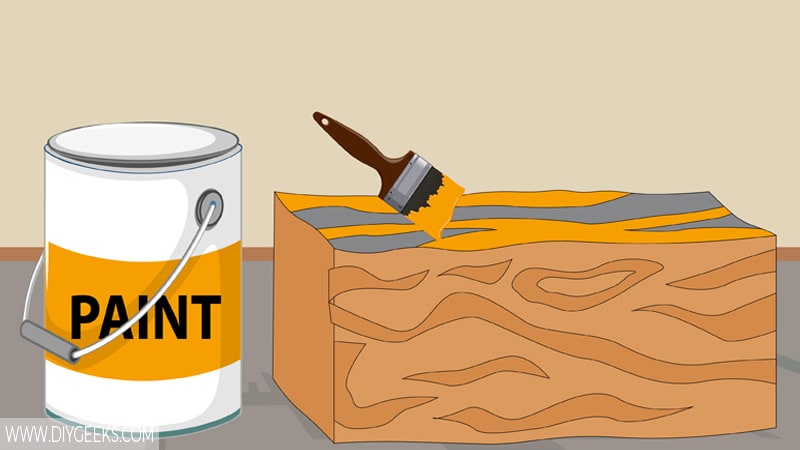
Apply between 1-3 paint coats over the satin finish with a paintbrush or sprayer. Wait until one coat dries before applying the next one. The exact paint coat number depends on how thick the existing finish is.
Once the final coat dries, seal the finish with a sealer, such as polyurethane or varnish, to improve the durability and protect the finish from moisture, water, and other damage.
Can You Paint over Satin Finish With Different Paint Types?
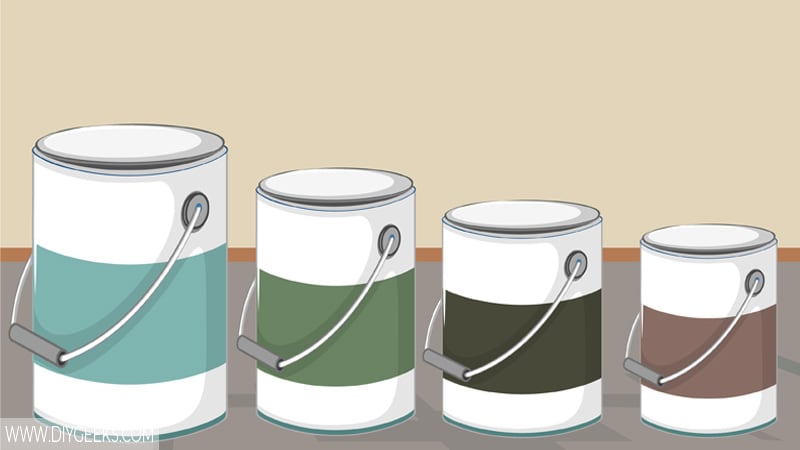
Matte
You can apply matte or flat paint over satin paint, but you must sand the finish with medium-grit sandpaper and apply one primer coat.
Eggshell
You can apply eggshell paint over satin paint, but you must sand the finish first. If the satin paint is oil-based, you must apply a compatible primer coat.
Eggshell paint is water-based and isn’t compatible with oil-based finishes.
Satin
You can apply satin over satin paint, but you must sand the finish with medium-grit sandpaper. The new satin paint must have the same base or solvent (oil or water) as the old coat. If it has a different solvent, you must apply a primer coating between them.
Semi-Gloss
You can apply semi-gloss paint over satin paint, but you must sand the existing finish with medium-grit sandpaper.
High-Gloss Paint
You can apply gloss paint over satin paint, but you must sand the finish first.
Chalk Paint
You can apply chalk paint over satin paint as the chalk paint has impressive adhesive qualities and adheres to most surfaces. However, you must lightly sand the satin finish first.
Chalk paint has a thick viscosity, so you don’t need to apply more than two (2) coats.
Oil-Based Paint
You can apply oil-based paints over satin paint, but you must sand the existing finish and apply a primer coat.
Water-Based Paint
You can apply water-based paint over satin paint, but you must lightly sand the finish with fine-grit sandpaper (220-grit).
Varnish
You can apply varnish directly over satin paint as the varnish is a topical finish and doesn’t need to penetrate a coating to adhere.
Polyurethane
You can apply polyurethane over satin paint as polyurethane is a topical sealer and is designed to adhere to slick finishes.
